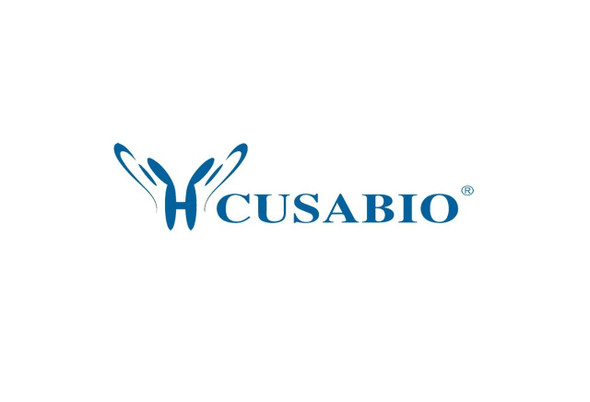Cusabio Polyclonal Antibodies
FAAH2 Antibody | CSB-PA969975
- SKU:
- CSB-PA969975
- Availability:
- 3 to 7 Working Days
Description
FAAH2 Antibody | CSB-PA969975 | Cusabio
FAAH2 Antibody is Available at Gentaur Genprice with the fastest delivery.
Online Order Payment is possible or send quotation to info@gentaur.com.
Product Type: Polyclonal Antibody
Target Names: FAAH2
Aliases: fatty acid amide hydrolase 2
Background: This gene encodes a fatty acid amide hydrolase that shares a conserved protein motif with the amidase signature family of enzymes. The encoded enzyme is able to catalyze the hydrolysis of a broad range of bioactive lipids, including those from the three main classes of fatty acid amides; N-acylethanolamines, fatty acid primary amides and N-acyl amino acids. This enzyme has a preference for monounsaturated acyl chains as a substrate.
Isotype: IgG
Conjugate: Non-conjugated
Clonality: Polyclonal
Uniport ID: Q6GMR7
Host Species: Rabbit
Species Reactivity: Human
Immunogen: Fusion protein of human FAAH2
Immunogen Species: Human
Applications: ELISA, IHC
Tested Applications: ELISA, IHC;ELISA:1:2000-1:5000, IHC:1:50-1:200
Purification Method: Antigen affinity purification
Dilution Ratio1: ELISA:1:2000-1:5000
Dilution Ratio2: IHC:1:50-1:200
Dilution Ratio3:
Dilution Ratio4:
Dilution Ratio5:
Dilution Ratio6:
Buffer: -20°C, pH7.4 PBS, 0.05% NaN3, 40% Glycerol
Form: Liquid
Storage: Upon receipt, store at -20°C or -80°C. Avoid repeated freeze.
Initial Research Areas: Signal Transduction
Research Areas: Cancer;Cardiovascular;Metabolism;Signal transduction











